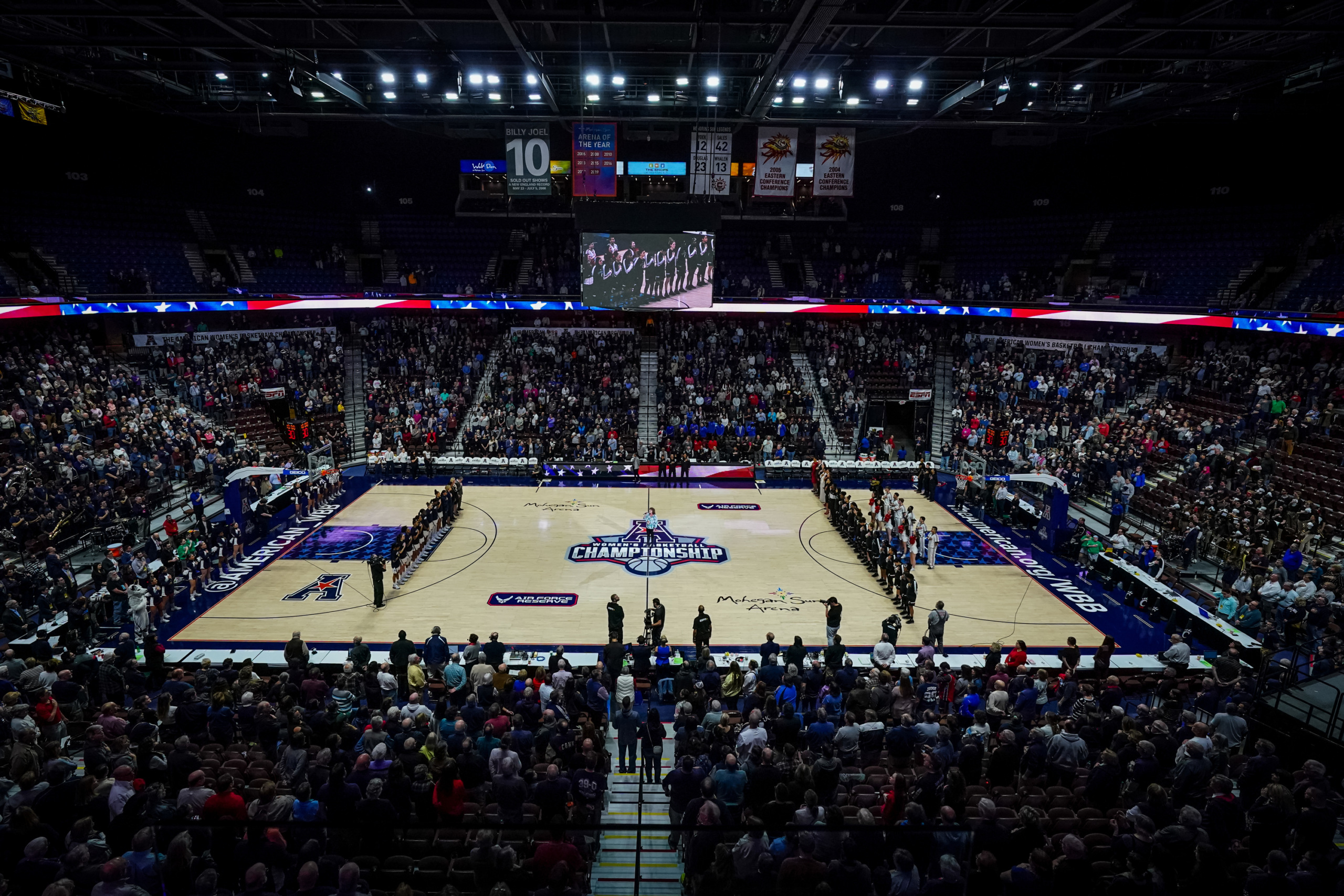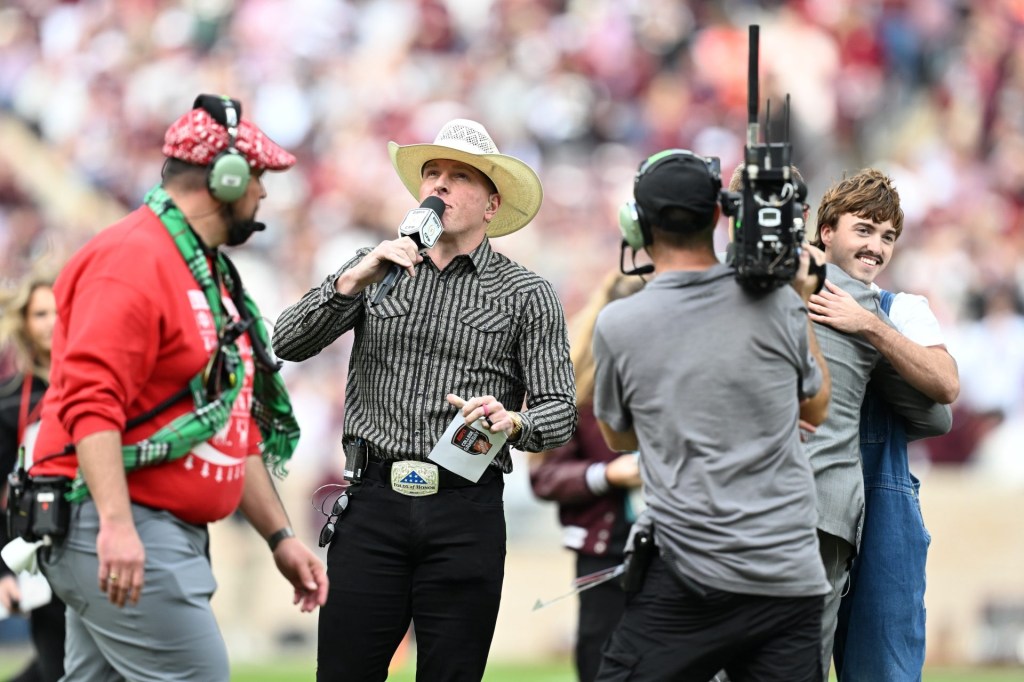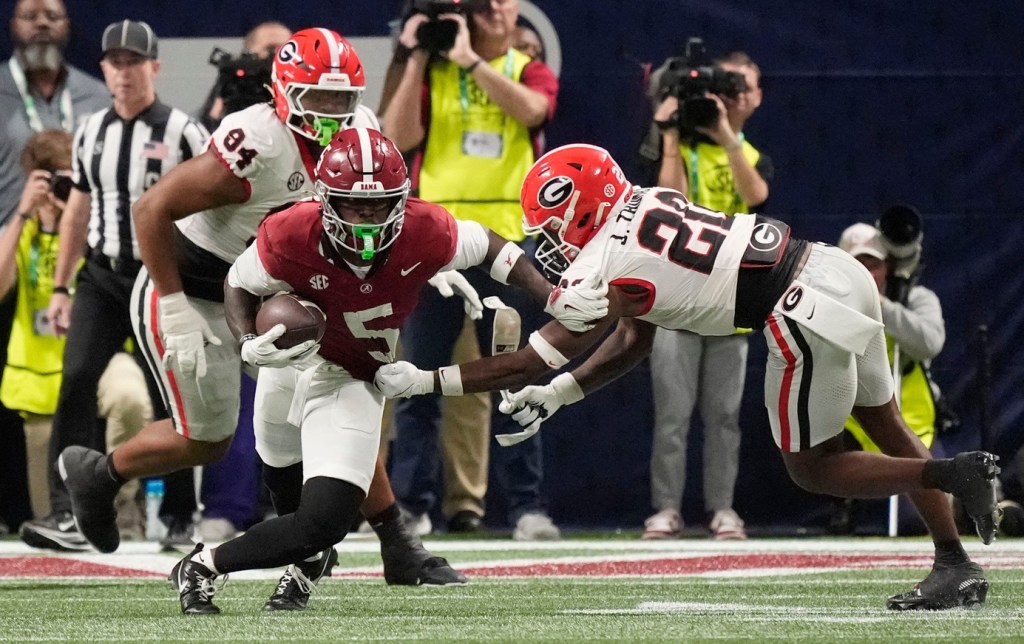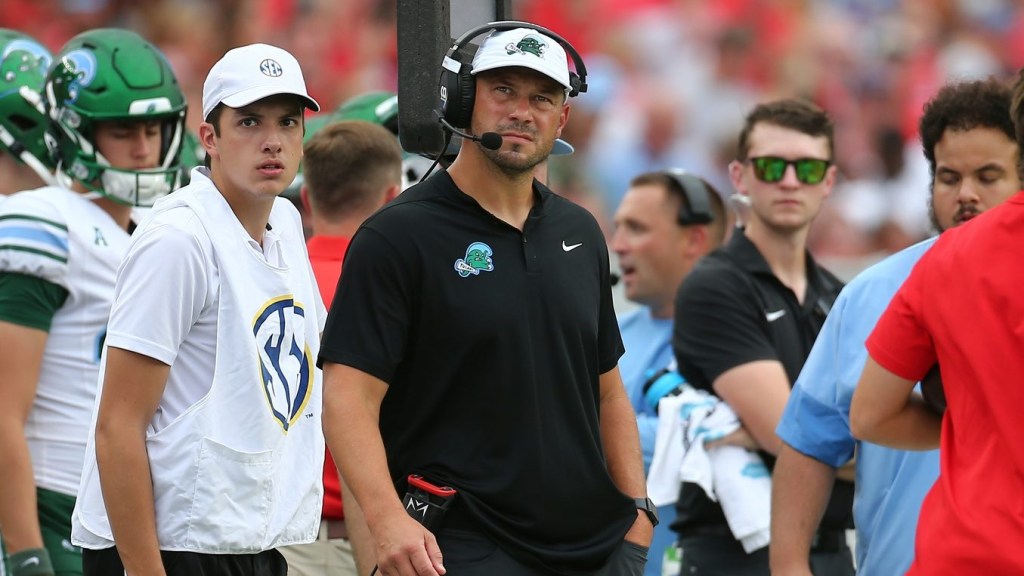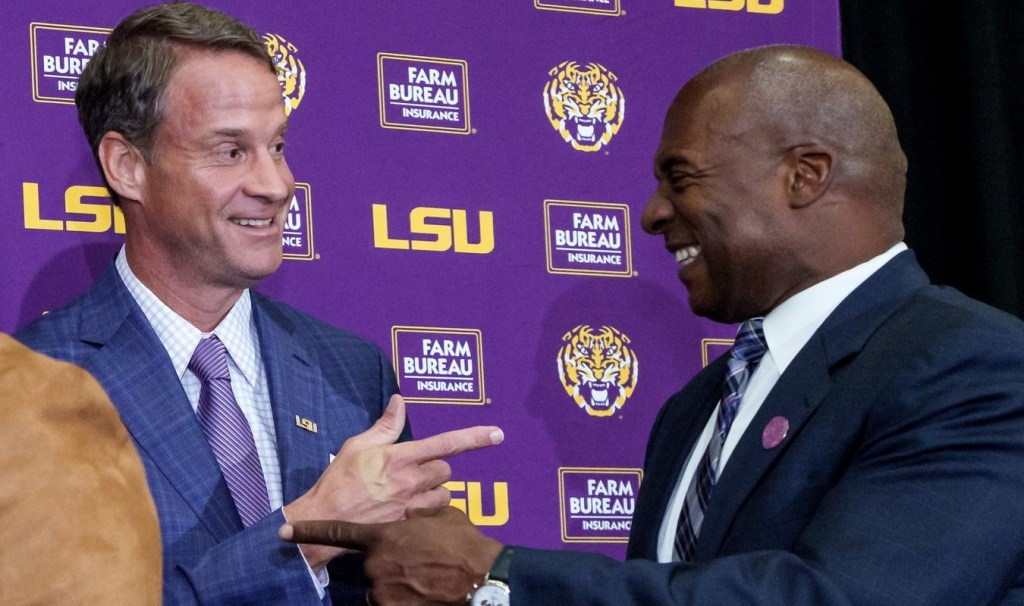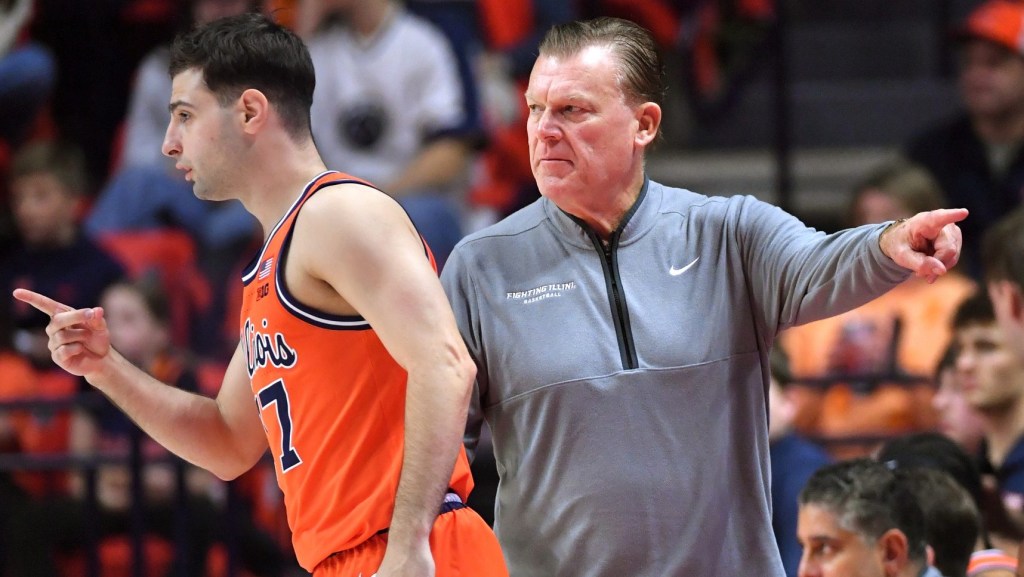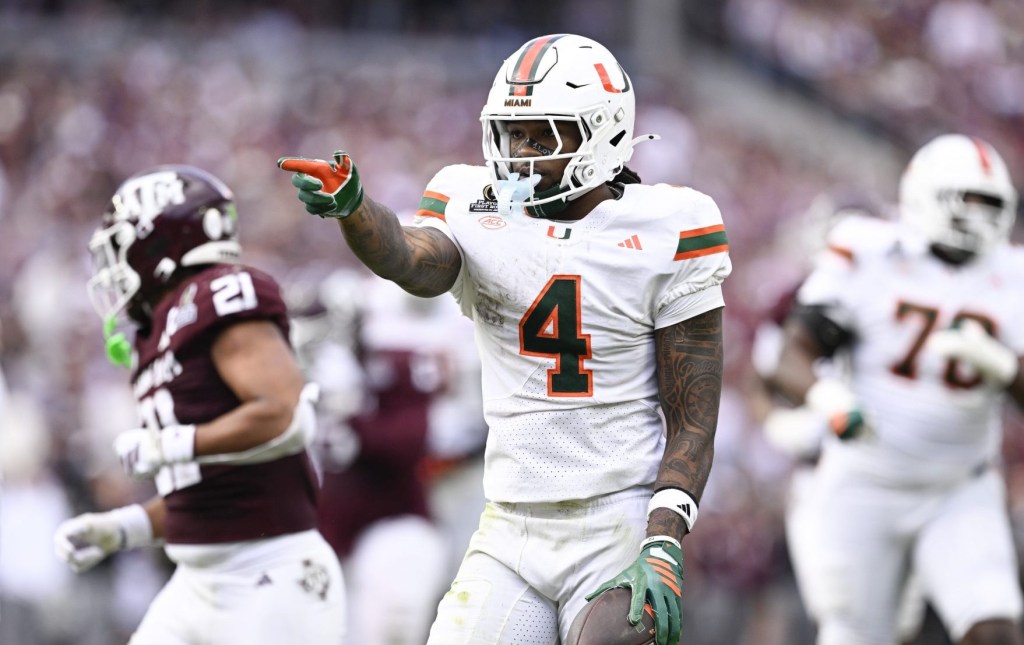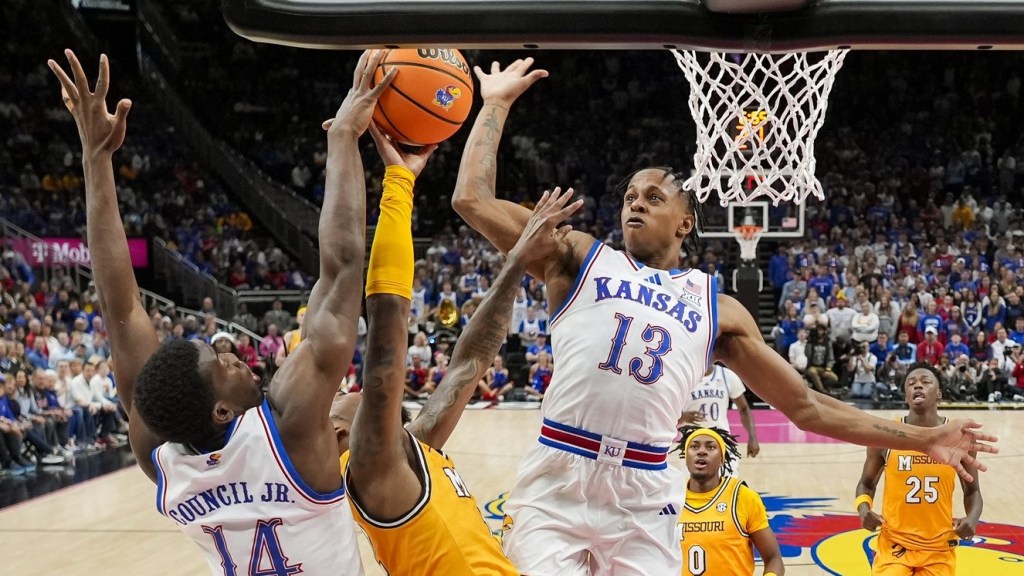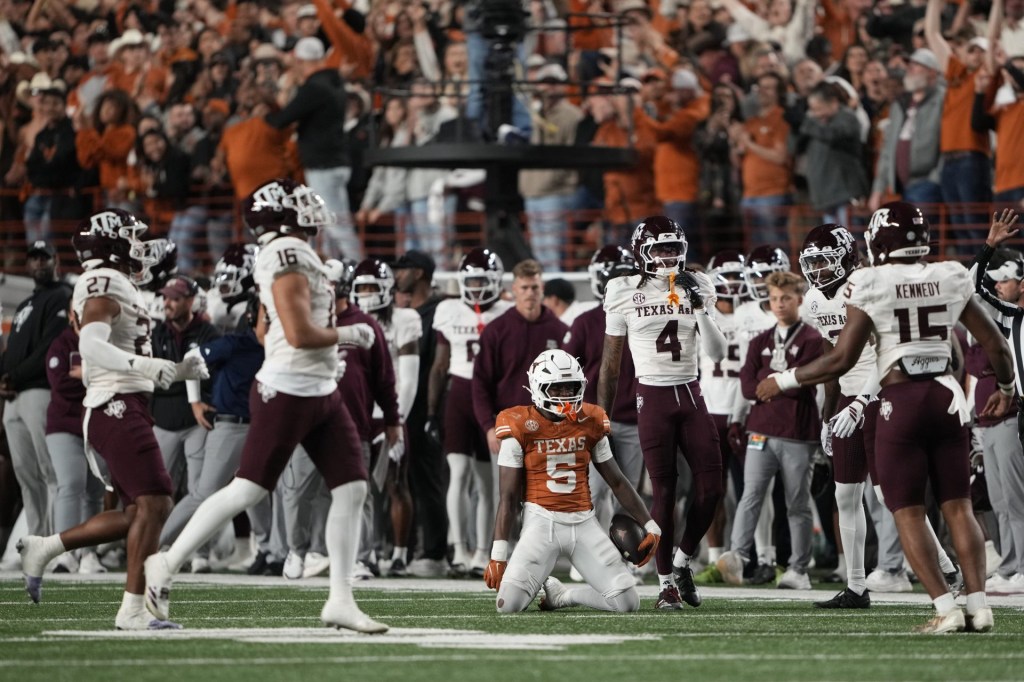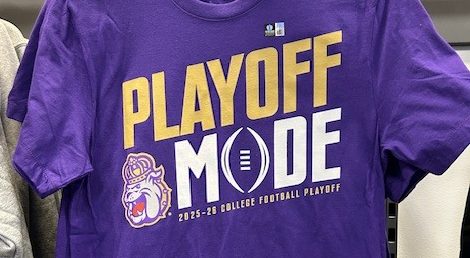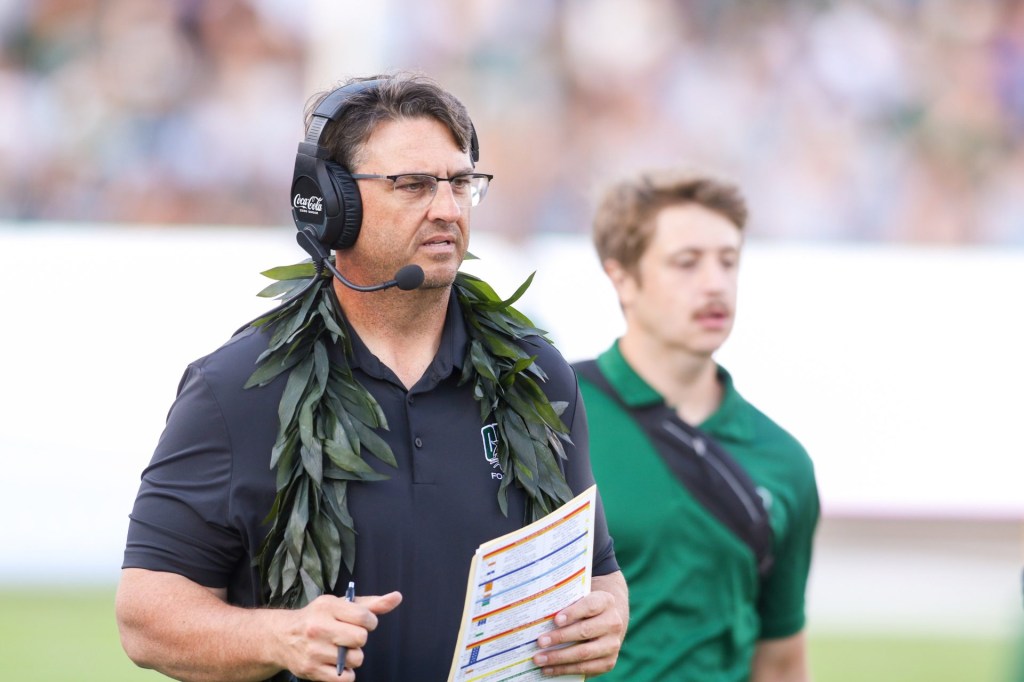Since September, college basketball officials like Villanova men’s coach Jay Wright and Pac-12 Commissioner Larry Scott have raised concerns that it might be inappropriate for amateur college athletes to play in a bubble.
Wright called a hypothetical Big East college basketball bubble “shaky.” Scott said that Pac-12 university directors did not believe that bubbles would be “appropriate” for non-professionals, and that the conference did not have plans to participate in them.
And yet, on Nov. 25, teams from around the country convened at Mohegan Sun Arena in Uncasville, Conn. for “Bubbleville,” an 11-day smorgasbord of non-conference tournaments played in a singular semi-bubble environment. Villanova, as well as several teams from the Pac-12, planned to participate, and tournaments featuring marquee men’s and women’s programs include the Naismith Memorial Basketball Hall of Fame Women’s Challenge and the Gazelle Group’s Empire Classic.
The idea of Bubbleville — once considered controversial — might now be the only way to save a season of college basketball that’s tipping off into the worst nationwide COVID-19 outbreak since the pandemic began. The success of Bubbleville’s safety protocols and schedule could serve as a bellwether for a college basketball season to come. But already, the event has hit roadblocks, as several teams pulled out of the event due to positive tests within their organizations.
If Bubbleville can’t keep outbreaks at bay, it’s unclear whether any model for college basketball might allow the season to run a full course, including the NCAA tournament.
The NCAA, likely eying the more than 20 canceled or postponed college football games since Nov. 9, recently announced it would move the men’s March Madness tournament closer to a bubble format, and now hopes to hold the entire tournament in the Indianapolis metropolitan area. It hasn’t announced plans for the women’s tournament.
The financial consequences would be dire for the entire NCAA sports system if the NCAA can’t hold a men’s March Madness in 2021, especially since the 2020 tournament was canceled, two experts have told Front Office Sports.
The first step to a successful bubble event requires getting teams safely inside — to do this, organizers required Bubbleville participants to test negative using a PCR test before entering the facilities.
Ahead of the event, however, a number of teams couldn’t even get into the bubble. Two premier programs, the UConn women’s basketball team and the Baylor men’s basketball team, for example, canceled participation in the event because of a positive test within their respective organizations. The Stephen F. Austin men’s basketball team arrived in Uncasville and subsequently left after a positive test in their organization, before entering the official bubble.
So no matter how strict protocols are, Bubbleville illustrates that teams traveling to-and-from multiple bubbles could cause significant logistical issues.
So what will life inside Bubbleville look like for the teams that got safely inside? Without a college player’s union like most professional players have, it’s up to tournament organizers, teams, conferences, and local guidelines to determine safety precautions.
The venue already includes COVID-19 infrastructure like HVAC air filters, isolated facilities, and a relationship with a PCR testing company procured for professional events hosted at Mohegan Sun during the pandemic. And unlike participants of Mohegan Sun’s professional events, athletes in Bubbleville will receive PCR tests daily once inside, said Dave Martinelli, the chief marketing officer of Mohegan Sun Gaming and Entertainment. Participants will travel between practice courts, the arena, hotel rooms and dining areas.
“We’ve been working hard to make sure we can provide a safe, controlled environment,” said Gazelle Group president Rick Giles. “It’s probably not a true bubble, [but] it’s pretty close.”
The tournaments held in Bubbleville could also model how teams and venues might survive financially during the pandemic, and squeeze as much revenue out of games as possible.
Tournaments won’t be as lucrative as normal years, especially with the cost of around 5,000 tests and without ticket revenue. But Bubbleville could help redeem a dismal financial season through the creation of more sponsorship opportunities with added games and a salvaged media rights inventory, said Greg Procino, vice president of basketball operations for the Basketball Hall of Fame.
Bubbleville also provides continued name recognition for tournaments and the venue, Martinelli added.
“The setup in place is something that we can all at least live with and keep active, keep people working,” Martinelli said. But “they’re not necessarily massive windfalls by any means.”
As for teams, while a large single-site tournament isn’t the best financial or logistical option during normal times, it’s more appealing during the pandemic, Procino said. Bubbleville allows teams to minimize traveling expenses and share safety protocols, allowing them to play more games for a lesser cost.
It also helps teams play the minimum number of games needed to be eligible for men’s March Madness, where conferences receive “units” determined by how far their teams get, said Karen Weaver, a college finance expert at the University of Pennsylvania. This year, teams need to play a minimum of 13 games to be eligible for March Madness.
While Bubbleville’s schedule was released on Nov. 12, even its organizers sounded unsure about how the event would turn out in the weeks leading up to tip-off — and the multiple scheduling changes and cancelations ahead of the event proved their concerns were legitimate.
“As I tell our staff,” Giles said, “we need to have a lot of grit and a little bit of luck to pull this off.”
